The Greater Prairie Chicken is a large bird in the grouse family. This North American species was once abundant, but has become extremely rare or extinct over much of its range due to habitat loss. They now only live on small parcels of managed prairie land. It is thought that their current population is approximately 459,000 individuals. One of the most famous aspects of these birds is the mating ritual called booming.
They are found in scattered areas of southern Canada and the mid-western United States. The largest remaining populations of the greater prairie chicken are in Kansas, Nebraska and South Dakota. Greater Prairie Chickens prefer native prairie, but they have adapted to cropland as natural habitats became converted to agricultural land. They can tolerate agricultural land mixed with prairie, but fewer prairie chickens are found in areas that are more agricultural. Grassy habitats such as un-grazed meadows, with tall grass sturdy enough to withstand strong winds and heavy precipitation, are required for roosting and nesting. Courtship, by contrast, occurs on open knolls with short grass, usually on elevated ground where males can easily display to females.
Human interactions are by far the greatest threat to prairie chickens. The conversion of native prairie to cropland is very detrimental to these birds. It was found in a radio telemetry study conducted by Kansas State University that “most prairie chicken hens avoided nesting or rearing their broods within a quarter-mile of power lines and within a third-mile of improved roads.” It was also found that the prairie-chickens avoided communication towers.
Greater Prairie Chickens do not migrate. They spend their entire lives within a relatively small area of several hundred acres where all their needs of food, cover and water are met. Their diet consists primarily of seeds and fruit, but during the summer they also eat insects and green plants. Feeding usually occurs in the early morning and late afternoon. Young chicks in particular rely heavily on insects during the first few weeks of life.
They are territorial birds and often defend their booming grounds. These booming grounds are the area in which they perform their displays in hopes of attracting females. Their displays consist of inflating air sacs located on the side of their neck and snapping their tails. These booming grounds usually have very short or no vegetation. The male prairie-chickens stay on this ground displaying for almost two months.
The breeding season begins in late March and extends until June. Males fight among themselves for territories on the lek, with one or two males normally emerging as dominant, and subsequently performing the majority of the mating. After mating, females build their nests in tall grass, laying between 4 and 15 eggs per clutch which are incubated for approximately 26 days. The hatching period peaks from late May to early June when insect populations are high, to provide nourishment for the chicks, and the chicks then remain with the hen for eight to ten weeks. Greater prairie chickens live to about two to three years in the wild.
Factsheet: Greater Prairie-chicken Tympanuchus cupido
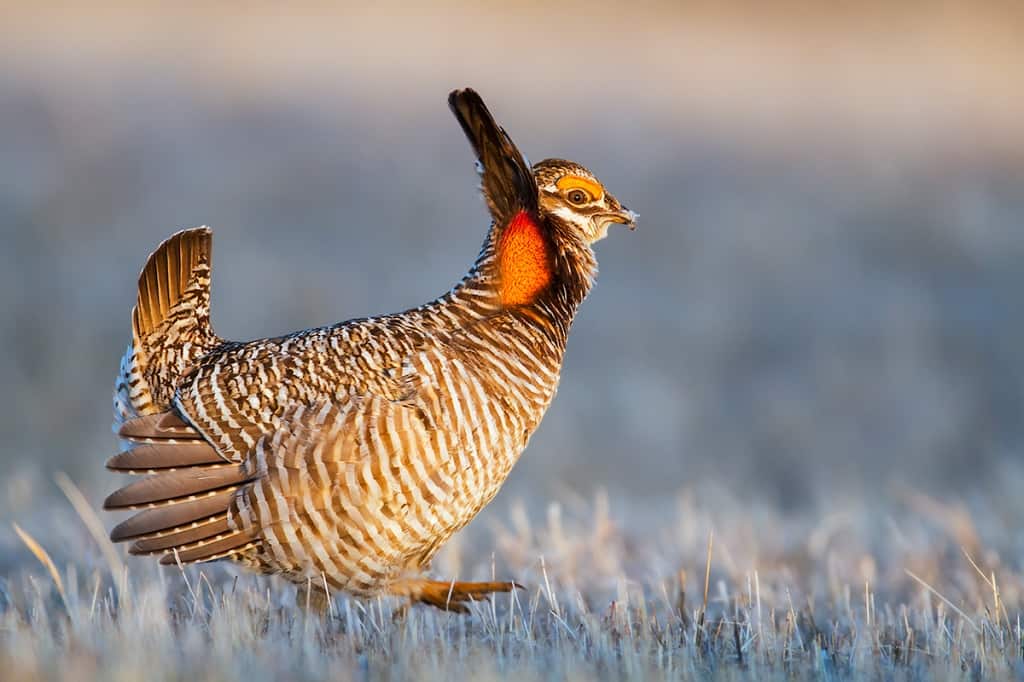













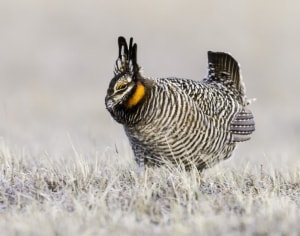
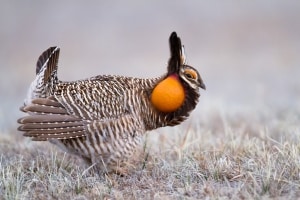

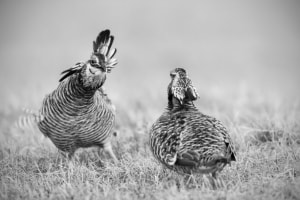


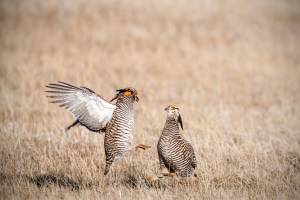
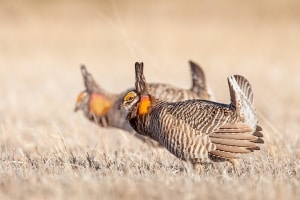
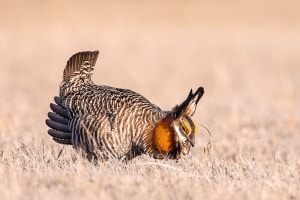
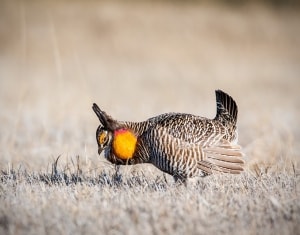
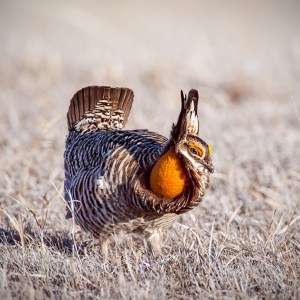

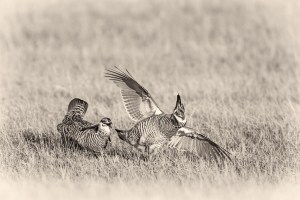
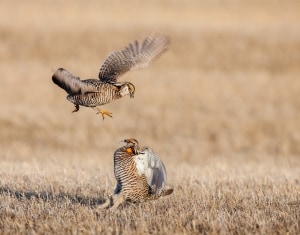





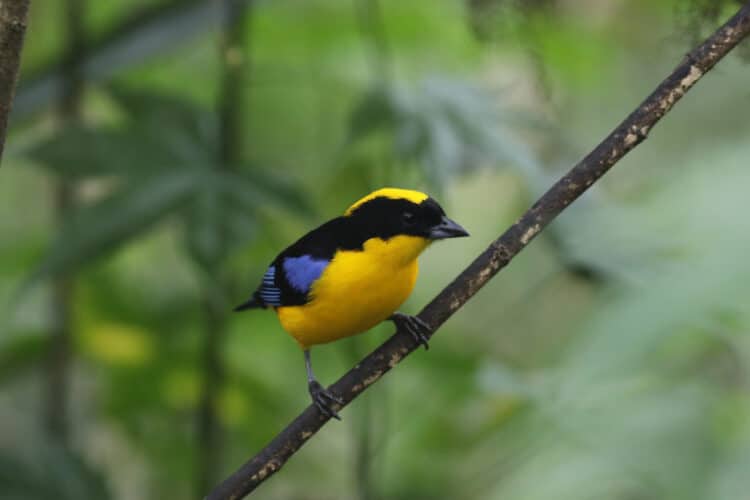
Leave a Reply